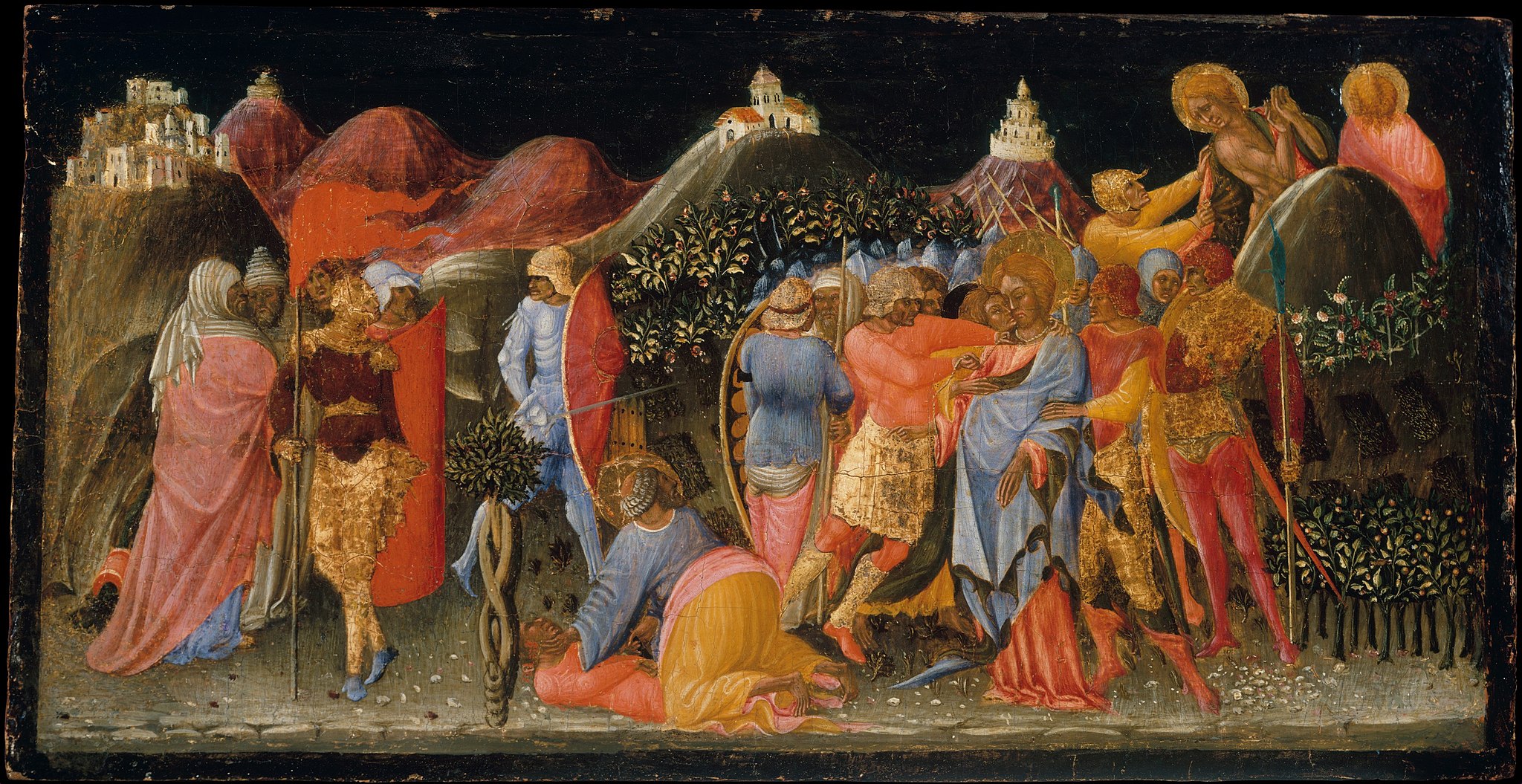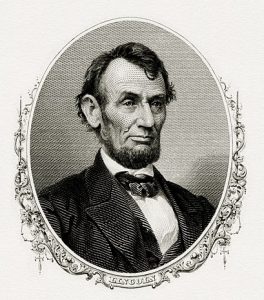Disney’s “The Gnostic Gospels” Manages to Offend Everyone
Review by Dan Geddes
Cast
Jesus – Joaquin Phoenix
Mary Magdalene – Jennifer Lopez
Peter – Dwayne “The Rock” Johnson
Judas – Brad Pitt
John – Chris Rock
Pontius Pilate – Adam Driver
“Doubting” Thomas – William H. Macy
James, brother of Jesus – J.K. Simmons
Leper – Kevin Smith
Written and directed by Kevin Smith
Disney’s box office woes continue as their new release, Disney’s The Gnostic Gospels—an R-rated musical rendition of Jesus’ time with the disciples—is bombing at the box office. Disney’s latest cinematic production has miraculously threaded the needle (in a bad way) and somehow managed to outrage conservatives and liberals alike.
Disney’s The Gnostic Gospels depicts a Jesus closer to Jesus Christ Superstar! than to The Greatest Story Ever Told. In The Gnostic Gospels, Jesus, the disciples, and Mary Magdalene are often shown sitting around a campfire, listening to Jesus tell cryptic parables.
Wearing retro-1960’s attire, we see Jesus (Joaquin Phoenix) and the disciples anointing each other with cannabis oils and drinking red wine from wineskins. When they break into song, singing the campfire favorite “Kumbaya,” they put special emphasis on the words “Kumbaya, My Lord” as they serenade Jesus, who smiles beneficently at them, especially Peter, his favorite.
Disney appears to be trying to capitalize on interest in early Christian history, as seen in the popularity of The Da Vinci Code. The original Gnostic Gospels provide accounts of Jesus’ life as told by lesser-known “gnostic” writers such as Thomas and Philip. The Roman Catholic Church later judged these “gnostic” gospels to be heretical, and they were excluded from the New Testament.
Much of the controversy of the film surrounds the depictions of Mary Magdalene (Jennifer Lopez) as Jesus’ chief disciple and actual lover. Jesus and Mary are shown gazing into each other’s eyes, holding hands, and even kissing passionately in full view of the disciples.
In one scene they disappear into her tent and blow out the candle. Soon after, sexual groans are heard coming from their tent. “Oh Jesus!” she moans. This is a different depiction of Jesus than we are accustomed to. This scene especially has shocked conservative audiences, who assumed they would be watching a religious movie. It makes previous controversies about film depictions of Jesus, such as Martin Scorsese’s Last Temptation of Christ or Kevin Smith’s earlier Dogma, seem innocent in comparison.
The disciples themselves are unsure how to interpret this sexual act. They sit around the campfire deliberating the implications of this development.
Peter: He loves her more than us. More than me!
John: Isn’t she a whore? I mean: isn’t she?
Judas: Yeah. Maybe I can visit her tent sometime. She’s got a nice ass.
Thomas: Yeah, and her donkey’s nice too.
Later, in a crucial scene, the disciples debate what the ontological status of Jesus’ and Mary Magdalene’s baby would be— how divine would it be—in the event they ever conceived a child.
Peter argues that if Mary Magdalene becomes pregnant with Jesus’ baby, then the baby would obviously be divine as well. Judas is quite sure the baby would not be divine, because Jesus Himself isn’t divine anyway; he’s just a Jewish prophet. John stakes out a compromise position wherein Jesus’ son would be half divine. Several apostles agree with this. However, Thomas stirs up a new debate:
Thomas: How anyone can be half divine, and if so, which half is divine?
Peter (emphatically): Jesus’ son would be divine only from the waist up.
John: No, no. We are two-sided creatures. Left and right are mirror images. The right half of Jesus’ son would be divine, but the left side would still be mortal.
Thomas: But if the left half of Jesus’ son body is mortal, wouldn’t it die and decay while his divine right half lives on forever? And isn’t the heart on the left side? How would that work? You can’t live without a heart!
John: Perhaps Jesus’ son would be divine for the first half of his lifespan, and then become mortal and die.
Peter: That’s not divine then! You’re not immortal if you die! By definition!
Thomas: Shouldn’t their first-born son just be sacrificed as an offering to God, as in ancient times? Wouldn’t that simplify things?
Judas: What if it’s a girl?
Peter: Of course, they wouldn’t have a girl! What would be the point of that? Who would continue the patriarchal line?
Thomas: What if they have twins? Is the spark of divinity from Jesus split, and thus diluted?
Judas: If Jesus is half-man and half-God, then his son would only be one-fourth God. The rest is shit.
James: Well, I’m Jesus’ brother and I’m not even partly divine. So explain that.
Afterwards, the disciples drink more wine and drunkenly sing Leonard Cohen’s “Hallelujah,” one of the few high points of the film.
Because the text of the Gnostic Gospels contains far less action than the more familiar synoptic Gospels (Matthew, Mark and Luke), the movie borrows more familiar Jesus stories from the canonical Bible: healing the lepers, the feeding of the 5,000, and eventually Jesus’ crucifixion.
The crucifixion scene lacks gravitas but contains more action than most of the movie. A sadistic Pontius Pilate (Adam Driver) even whips Jesus, a characterization that strays far from the Biblical Pilate, who seemed like a reluctant administrator. Jennifer Lopez’ Mary Magdalene wails melodramatically as Jesus is hoisted onto the cross, and her prominent belly bump suggests she’s either been hitting the wineskins too hard, or that the disciples’ fear of a half-divine offspring will come true.
We are not shown the resurrection of Christ firsthand. Instead, after Jesus’ entombment Mary Magdalene emerges to tell the other disciples that Jesus’ spirit “spoke to her.” Judas asks Mary out on a date to play backgammon in her tent. Peter says that Jesus “appeared to him” too, which elicits looks of skepticism from many of the other disciples. But others join the fun:
Mary: James, you are Jesus’ brother! He must have appeared to you too.
James: Yes, yes. Why of course he did.
Peter: Jesus lives again!
The movie then pans up to a sunrise to the sounds of the Doobie Brothers’ “Jesus Is Just Alright”, as if to suggest that Jesus already ascended to heaven—which in traditional Christianity didn’t take place until forty days after Easter Sunday, so that the risen Christ would have some time to preach before his ascension to heaven.
After the death of Jesus, the film flashes forward 300 years to the 325 AD and Council of Nicaea, where the Catholic leaders engage in spirited debates about whether to include these “Gnostic Gospels” in the canonical Bible:
St. Jerome (holding Gnostic scrolls): You’re not putting this shit in my Bible! No fucking way!
Scribe: What should we do with these scrolls then?
St. Jerome: I don’t know! Bury them under a large rock for one thousand years!
The nameless scribe then goes on a long sea journey and buries the scrolls of the Gnostic Gospels at Nag Hammadi.
Flash forward to 1945, when a farmer discovers the gnostic scrolls at Nag Hammadi, which ultimately end up, via the Carl Jung Institute, in the hands of Bible scholars.
Conservative Christians are outraged that the “godless” Disney corporation has produced yet another film that attacks their religion. Conservative commentator Max Plankton inveighed: “Jesus having sex on screen? This is a new low, even for godless Disney. This movie should be banned. And so should the book! Just to be safe!”
Top Christian theologians condemned the movie’s theological and historical inaccuracies about everything from Jesus’ resurrection to the Council of Nicaea (which actually didn’t decide on what was included in the Bible).
LibTwit, a prominent liberal Twitter handle, bemoaned: “It’s clear that the movie makers were too cowardly to do more than merely hint at the obvious latent homosexual attraction between Jesus and Peter. Why anyone in 2023 would want to subject themselves to this wanton display of patriarchal, Judeo-Christian, heteronormative values is beyond me.”
TheFutureIsFemale, a viral TikTok account, lamented: “All the characters are heterosexual men. One female lead character! Out of like 13! This movie is so out of touch with our time.”
One anonymous Disney executive speculated that after being pulled from theaters that The Gnostic Gospels will never even air on Disney+, Disney’s ailing streaming service, for fear of boycotts. “I don’t know who thought this was a good idea. Yes, the story is in the public domain, so we saved a bit of money there. But Jesus! What a debacle!”
Writer/director Kevin Smith insists the movie was a “genuine attempt to grapple with the gnostic texts and was in no way intended to be a comedy or a satire. This is just my interpretation of the Gnostic Gospels. As a film artist, I have every right to express myself.”







Be First to Comment